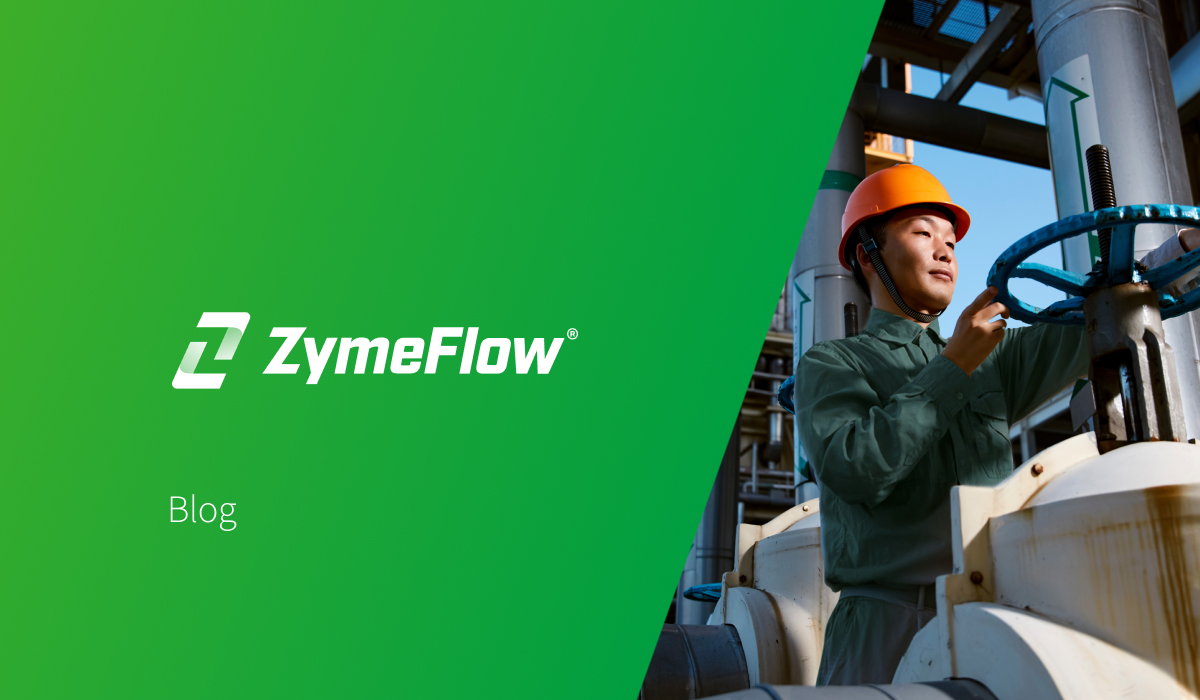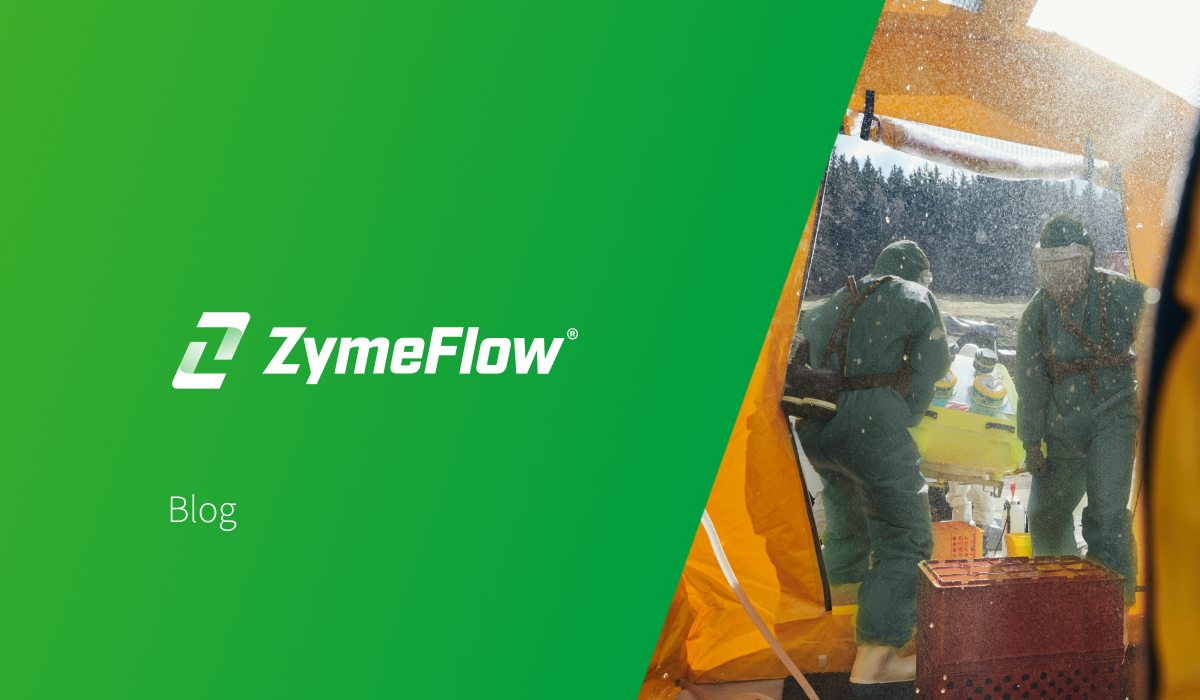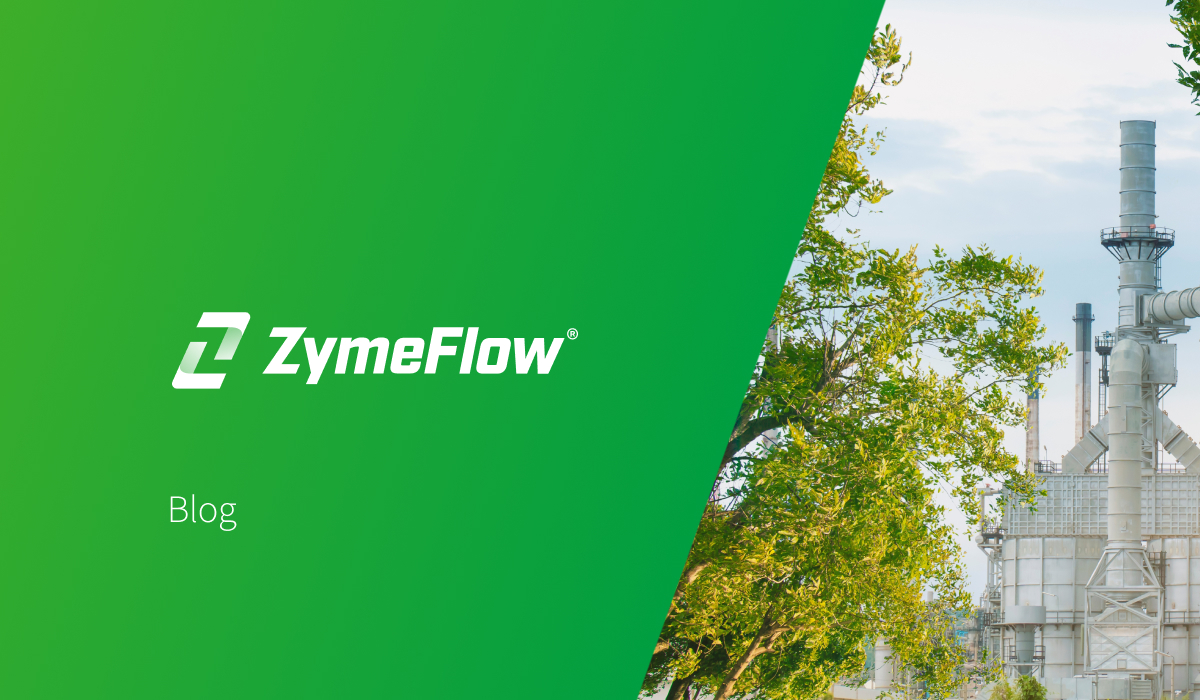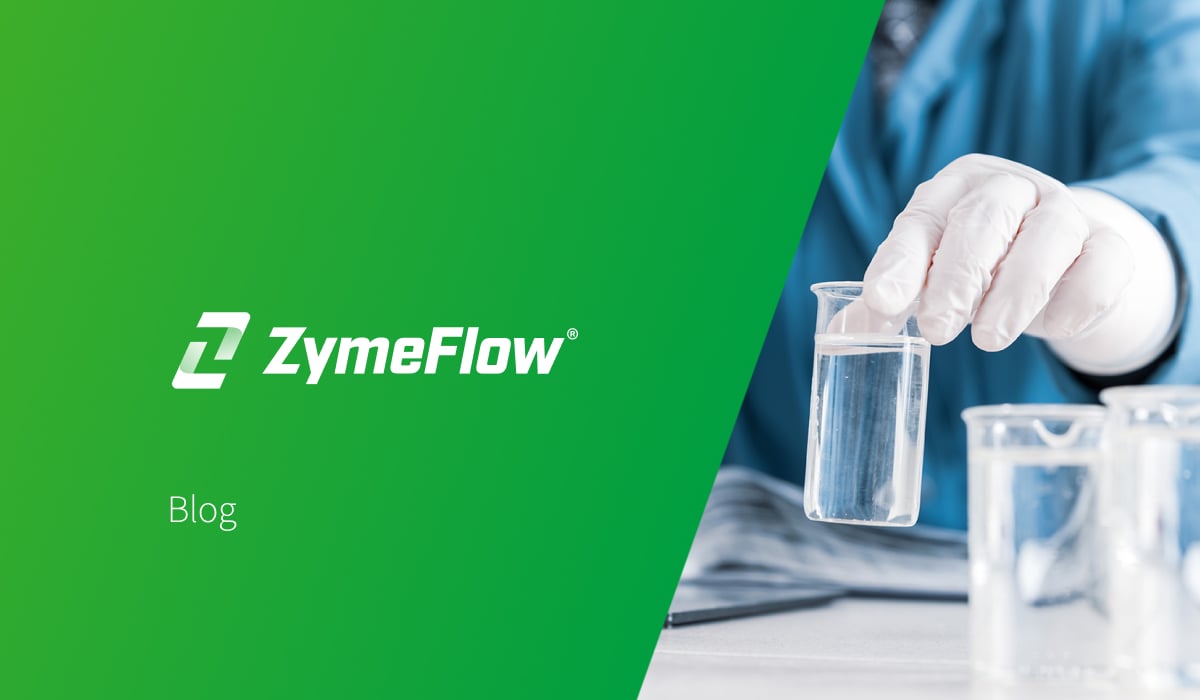Fouling in heavy oil units is more than a routine maintenance issue; it’s a recurring threat to efficiency, safety, and profitability. While manual cleaning has long been the industry default, it's a labor-intensive, time-consuming, hazardous, and outdated method. With growing pressure to reduce costs, improve safety, and minimize environmental impact, refineries are turning to smarter solutions.
Modern chemical decontamination strategies offer safer, faster, and more effective alternatives that reduce reliance on mechanical intervention. This article explores the operational risks of fouling and the best practices for reducing manual cleaning across your facility.
The High Cost of Fouling in Heavy Oil Units
Fouling is the unwanted accumulation of materials, like hydrocarbons, coke, sludge, and pyrophoric iron sulfide, on heat exchanger surfaces, reactor walls, piping, and other equipment. Fouling is virtually unavoidable without proactive intervention in heavy oil units, where feedstocks are dense and contaminants are common.
These contaminants create insulating layers that decrease heat exchanger efficiency, increase pressure drops and energy use, accelerate corrosion and mechanical wear, and trigger shutdowns or emergency repairs.
Why Manual Cleaning Falls Short
Manual cleaning methods, such as high-pressure water blasting or mechanical descaling, have several downsides, such as:
- Longer downtime: Typically 7 to 14 days per cleaning cycle
- High labor and logistics costs: Including scaffolding, disassembly, and confined-space protocols
- Partial results: Surface cleaning often leaves behind embedded residues
- Safety concerns: Exposure to hazardous environments increases the risk of injury
In many cases, manual cleaning also leads to equipment damage, particularly on sensitive internal surfaces. Gaskets, seals, and linings are vulnerable to erosion or stress during mechanical removal.
Best Practices for Minimizing Fouling and Manual Cleaning
A proactive fouling mitigation plan combines technology, operational adjustments, and advanced chemistry. Key strategies include:
Predictive Monitoring
Tools like infrared thermography, pressure drop analysis, and thermal modeling are helpful to:
- Detect fouling early, reducing unplanned outages.
- Schedule targeted interventions more efficiently.
- Deploy targeted solutions before performance suffers.
Optimized Operating Conditions
Controlling process parameters, such as flow rates, feedstock quality, and temperature profiles, helps reduce the fouling rate and extends the time between cleanings.
Advanced Chemistry-Based Decontamination
Advanced chemical cleaning solutions deliver faster, more uniform results than traditional methods. ZymeFlow offers patented chemistries that provide the strength of solvents without the safety or environmental drawbacks:
- ZymeFlow UN657™ reduces hydrocarbon loading in effluent and neutralizes pyrophorics on contact. It’s VOC-compliant and safe for wastewater systems. It’s a versatile solution typically deployed in Vapour-Phase® that completes decontamination in 8-12 hours.
- Rezyd-X™ is a powerful solvent-based option for dissolving heavy hydrocarbon sludge, reprocessable in-plant to reduce disposal needs. Safe and flexible for internal circulation or online treatments.
- Rezyd-HP™ is a powerful chemistry with the highest solvency index on the market. It is formulated to rapidly break down heavy oils, tar, and asphalt deposits while enhancing cutter stock circulation and reducing the need for mechanical cleaning, saving both time and costs.
- CatZyme™ Chemistries are engineered for decontaminating fixed-bed reactors, reducing LELs and personnel risks, and removing sticky hydrocarbon deposits to allow free-flowing catalyst during offloading.
- Reactive chemistries neutralize hazardous contaminants quickly and thoroughly with minimal environmental impact and protect infrastructure by eliminating corrosive residues and scaling.
These innovative formulations deliver full-system decontamination and cleaning without the need for mechanical intervention.
Safety and Training
Proper training ensures personnel understand safe application practices and closed-loop systems. Aligning with OSHA, EPA, and REACH standards supports a secure and compliant maintenance program.
Why More Refineries Trust ZymeFlow
With over 35 years of global experience, ZymeFlow is at the forefront of modern chemical decontamination. Combining their exclusive formulations with proprietary methods like Vapour-Phase®, ZymeFlow pioneers solutions that help refineries streamline maintenance and turnarounds, extend equipment life, and reduce downtime.
These solutions are engineered to deliver long-term results without the risks of traditional cleaning, with benefits that include:
- Faster turnaround – Complete decontamination in as little as 8 to 12 hours
- Worker safety – Less confined space entry and exposure to toxic residues
- Eco-friendly formulations – Biodegradable, wastewater-friendly chemistries
- Infrastructure protection – Non-corrosive solutions that extend equipment life
- System-wide applicability – Effective across all critical pathways, including hydrotreaters and hydrocrackers, CDU/VDU, FCC, cokers, exchangers, piping, and more
Each project is custom-designed by ZymeFlow engineers to match system layout, fouling type, and turnaround schedules.
Cut Downtime and Risk with a Smarter Approach
Heavy oil unit fouling is inevitable, but costly downtime and hazardous manual cleaning don't have to be. Refineries can cut costs, improve safety, and reduce environmental impact with modern predictive tools, optimized operating parameters, and advanced chemical cleaning solutions.
ZymeFlow’s chemistry-driven approach replaces outdated practices with safer, faster, and more sustainable results. If your plant still relies on mechanical cleaning or hazardous chemicals, it may be time to rethink your strategy. Contact ZymeFlow today to learn how our tailored decontamination solutions can protect your operations.




